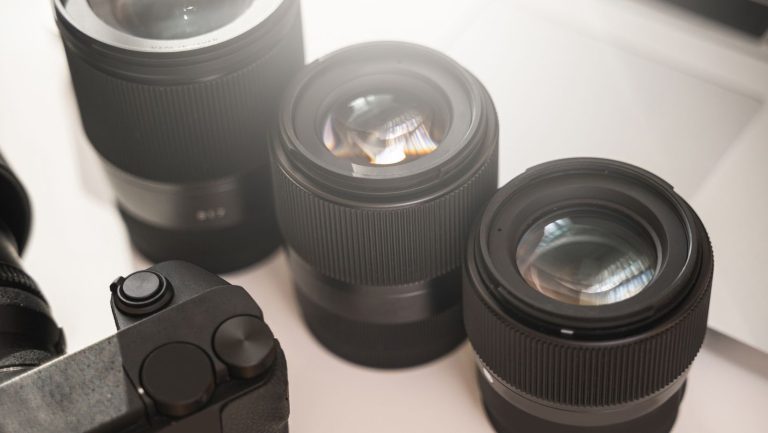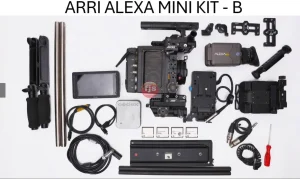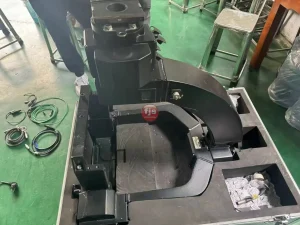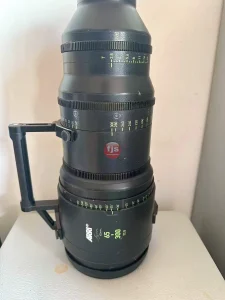Prime lenses are highly regarded in the world of photography for their exceptional image quality and versatility. Unlike zoom lenses, which have a variable focal length, prime lenses have a fixed focal length. This means that they do not zoom in or out, but instead offer a single magnification level.
The concept of prime lenses dates back to the early days of photography. Initially, all camera lenses were prime lenses due to technological limitations. However, with advancements in lens design and manufacturing, zoom lenses became more popular as they offered greater convenience and flexibility.
So what does a prime lens do? Well, it excels in capturing sharp and precise images. Its fixed focal length allows photographers to master composition by consciously choosing their position relative to the subject. This can enhance their creativity and improve overall image quality. Prime lenses are known for their wider maximum apertures, allowing for better low-light performance and shallower depth of field effects.
The opposite of a prime lens is a zoom lens – one that offers variable focal lengths within a certain range. While zoom lenses provide convenience by covering various focal lengths without changing the lens itself, they often sacrifice some optical performance compared to prime lenses.
Despite their many advantages, prime lenses tend to be more expensive than zoom lenses. This is primarily because the manufacturing process requires higher precision and fewer compromises in order to maintain optimal image quality across the entire frame.
Prime lenses usually come in a range of standard focal lengths such as 35mm, 50mm, and 85mm. These focal lengths are commonly used for everyday photography scenarios like portraits, landscapes, street photography, and more.
In conclusion, prime lenses offer exceptional image quality due to their fixed focal length and wider maximum apertures. They allow photographers to exercise greater control over composition and achieve stunning results in various shooting conditions. Although more expensive than zoom lenses, many photographers prefer them for their superior optical performance and creative possibilities.








